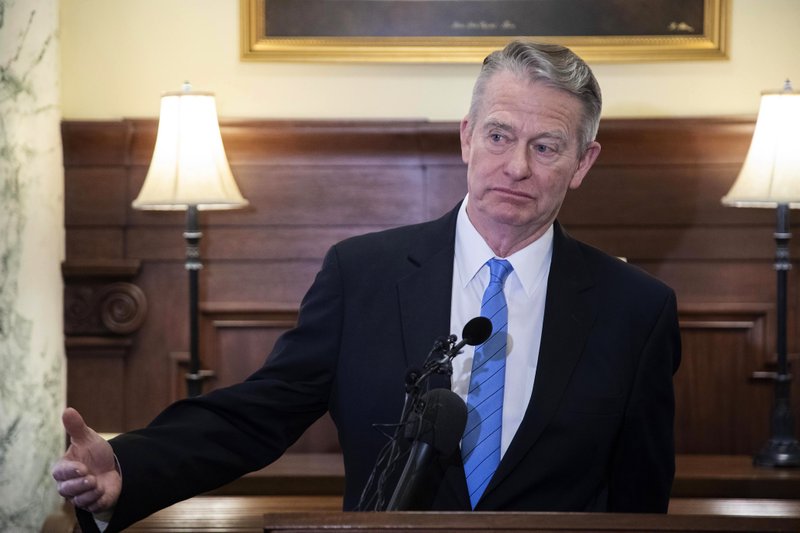
Gov. Brad Little Extends Idaho’s Statewide Stay-Home Order Through April, Loosens Some Closures
READ ON
QUICK LINKS:
–Idaho stay-home order
–Idaho coronavirus information and case-tracking page
–Coronavirus news, updates, resources from NPWB
BY REBECCA BOONE & KEITH RIDLER / AP
Idaho’s statewide stay-at-home order has been extended through the end of April, Gov. Brad Little announced Wednesday.
Little said the extension was necessary to ensure the state continues to slow the spread of the coronavirus, prevent health care facilities from being overwhelmed and hopefully hasten the end of the pandemic.
He said some businesses that were previously considered non-essential, such as flower, jewelry and other retail shops, can re-open as long as they can offer curbside service and ensure social distancing.
“Continuing to do that is the right thing to do,” Little said.
Little issued an emergency declaration on March 13 and followed with the 21-day statewide stay-home order on March 25. At the time of the order, Idaho had at least 91 confirmed cases of COVID-19, and two known instances of community spread, which means the source of a person’s infection can’t be determined.
Idaho now has at least 1,473 virus cases and 39 deaths, according to a Johns Hopkins University tally.
Between mid-March and early April, the Idaho Department of Labor said, nearly 78,000 people filed for unemployment benefits as the state shed thousands of jobs due to the outbreak.
Some top state GOP lawmakers, including Speaker of the House Scott Bedke, have been pressing Little to hand control of the coronavirus response to local officials. Bedke is from the tiny town of Oakley in Cassia County, which had 10 confirmed cases.
However, with a limited number of test kits available and the chance that some tests return false negative results, the number of actual cases is believed to be much higher in the state.
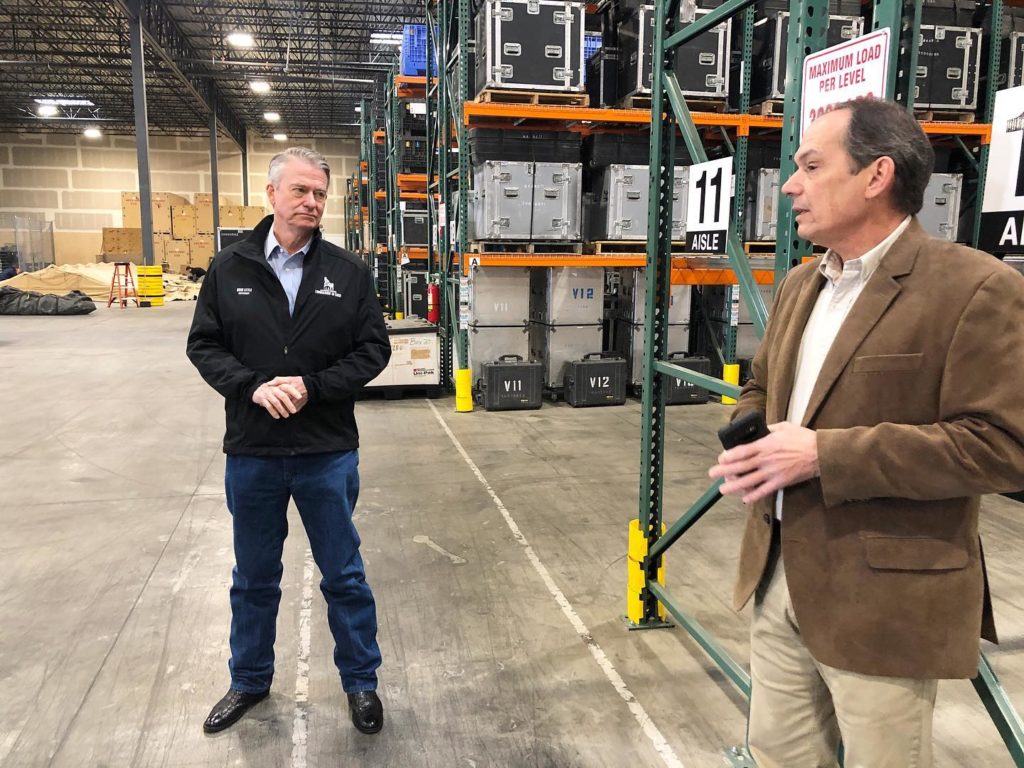
Idaho Gov. Brad Little, left, visited the state’s medical supply stockpile on April 14, 2020 with state Office of Emergency Management Director Brad Richy. Courtesy Office of the Governor
Republican Party Chairman Raul Labrador, a former U.S. representative and unsuccessful gubernatorial candidate against Little, has also pressured the governor to lift the stay at home order.
“The decision to reopen Idaho must be based on a complete analysis of the costs to our society and not just COVID-19 models,” Labrador said in a prepared statement.
Little said he had to do what is right.
“I’m always concerned and interested in the opinions of the duly elected legislators in Idaho, but as I view my responsibility on a statewide basis,” Little said, “I gotta do what I gotta do for the state of Idaho.”
Memos, emails and other documents from Little’s office obtained by The Associated Press through a public records request illustrates just how interconnected local governments are. When it comes to managing a pandemic, a decision by one municipality — or even a large business — can have broad impacts on neighboring towns and health systems.
When a YMCA organization emailed all of its members to alert them to a COVID-19 concern, clinics in the area were subsequently flooded with calls and visitors, according to documents from an Emergency Operation Center Meeting on March 15.
Before the statewide order was issued, city leaders in small towns like Crouch were also dealing with people from neighboring cities overwhelming the small grocery store, stocking up on items and leaving shelves depleted, according to an email from Sheila Christensen with the Association of Idaho Cities.
Questions were also coming to the governor’s office about the potential liability mayors could face if they issue closure orders, particularly for businesses that the state licenses, such as food establishments.
For most people, the coronavirus causes mild or moderate symptoms, such as fever and cough, that clear up in two to three weeks. But it can cause more severe illness, including pneumonia, and death for some people, especially older adults and people with existing health problems. The vast majority of people recover.
Copyright 2020 Associated Press
Related Stories:
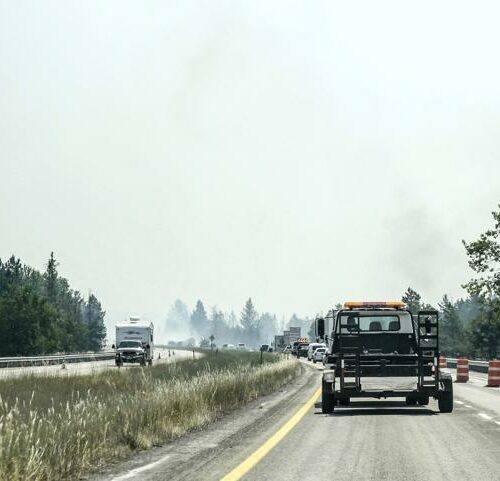
Idaho Governor Taps National Guard To Help With Firefighting Efforts
“Wildfire is presenting an imminent threat to life, property, and the environment, and we need all hands on deck,” Gov. Brad Little said in a statement. “I appreciate our firefighters and fire managers for working so hard under such challenging conditions, and I am grateful that our guardsmen are able to step in once again to support Idaho communities.”
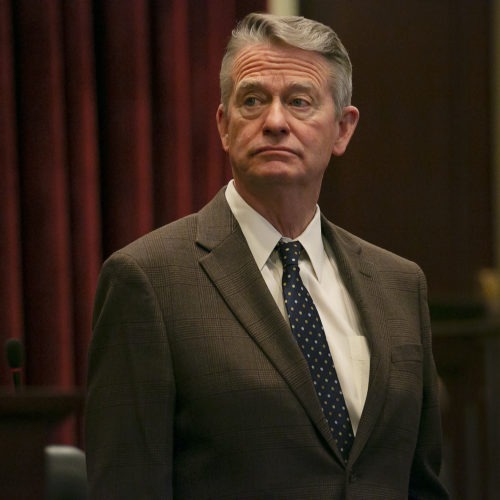
Analysis: In Idaho, A Big Budget Surplus Could Generate A Surplus Of Ideas
Idaho’s ever-growing budget surplus is trending toward a record-shattering and mind-boggling $800 million. The big reason: Individual income tax collections are ahead of forecasts by a whopping $452.2 million. We’ll know the exact surplus sometime after June 30, when the state closes the books on the 2020-21 budget year.
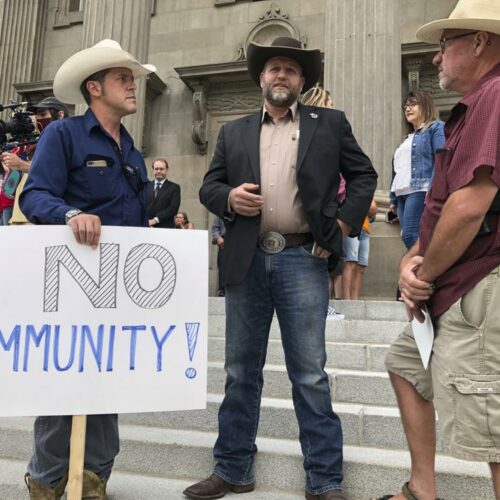
In Idaho, The Next Political Fight Is Not Blue Versus Red, But What Shade Of Red The State Will Be
Mainstream Idaho Republicans, who have dominated the state for three decades and would be considered far right in many states, have themselves become targets, including protests at lawmakers’ homes. They fear disinformation and intimidation is driving the changes in the rural Western state.















